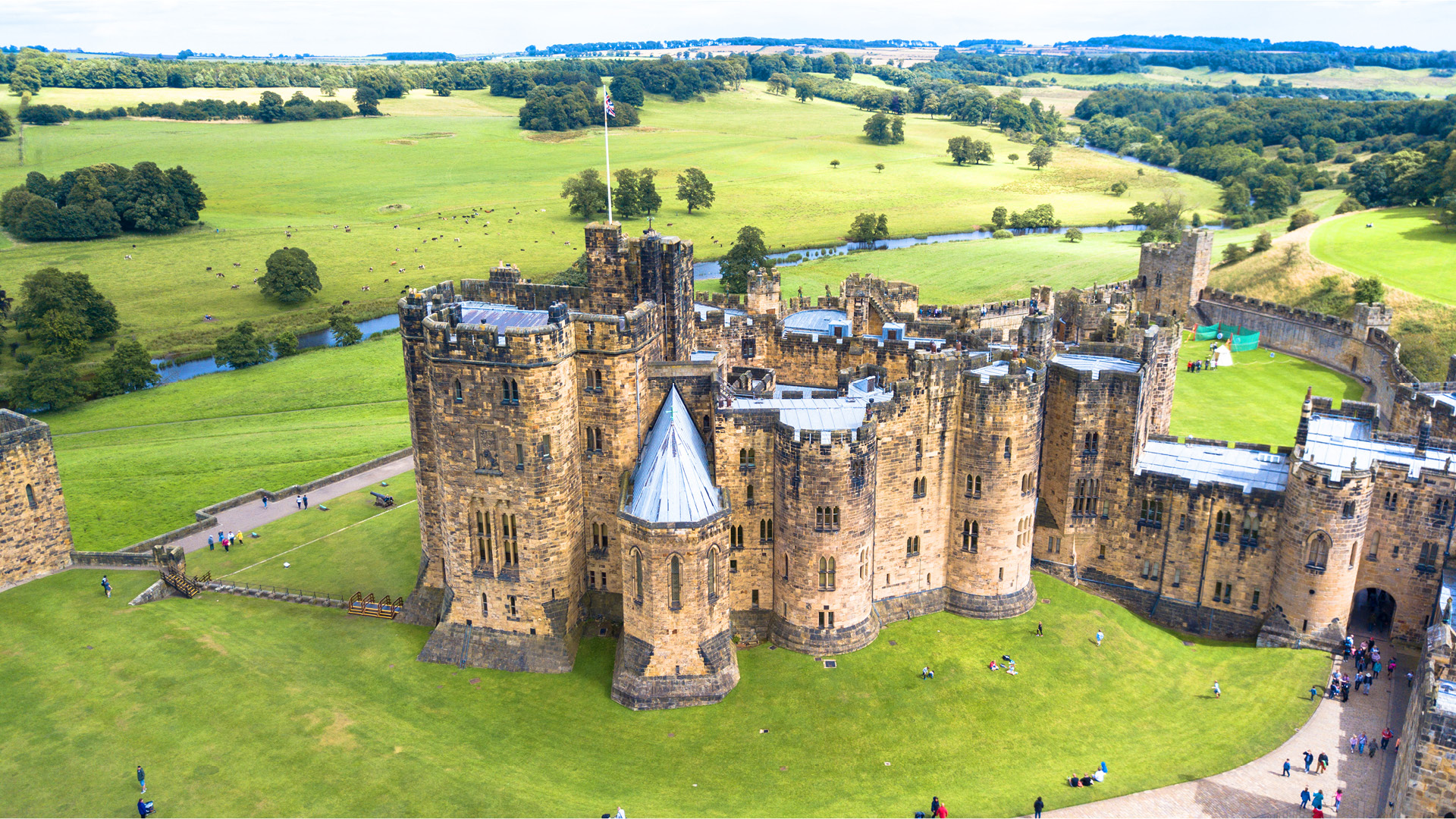‘Let us always think of it; but never speak of it’, urged the French statesman Léon Gambetta after the Prussians annexed Alsace-Lorraine in 1870. A similar thought occurs to me whenever ‘Northumberland Day’ comes around, for this is a celebration of the shrunken county imposed on Northumbrians by Ted Heath and his cursed Local Government Act of 1972.
This Whitehall vandalism sliced off the most populous parts of the county’s industrial south east, creating ‘North Tyneside’ from the towns of Wallsend, Whitley Bay and North Shields and their pit village hinterlands. It also severed Newcastle upon Tyne itself – technically a county in its own right since 1400 — but also Northumberland’s historic seat of government (a role also played by other ‘counties corporate’, such as Southampton in Hampshire, and Chester in Cheshire). This saw the neo-classical grandeur of Northumberland County Hall – by the Norman ‘new castle’ that gave the city its name – abandoned for a dreary office block in Morpeth.
Although this wasn’t the first time that Northumberland had evolved. The old Anglo-Saxon kingdom of ‘Northanhymbre’ was so named as the land North of the Humber river, probably the first united kingdom in these islands after the union of Bernicia and Deira in the early 7th century.
The southern part of Northumbria, basically Yorkshire, was then occupied by the Danes, who raided but did not really settle north of the Tees. This fact – and the victory of the Scots at Battle of Carham in 1018 which set Northumbria’s northern frontier on the Tweed rather than the Forth – helped to forge what then became an earldom of Northumbria within the new English kingdom, and still shapes our modern conception of North East England as the land between the Tweed and the Tees.
And this was one single county – Comitatus Northumbriæ – until the end of the thirteenth century, with what is now County Durham originally one of several ‘liberties’ within Northumberland’s boundaries, in this case the fiefdom of the Prince Bishops of Durham, which ran from the Tees in the South right up to the Tyne (and indeed one third of the way across the old Tyne Bridge).
But the final redrawing of the county’s boundaries in the 1970s was significant as it created an unbalanced sense of the county’s history and identity. Much of how Northumberland is now perceived is as a bucolic paradise, with empty hills and beaches, or as a feudal theme park where the Percy Dukes of Northumberland still preside from Alnwick Castle over a sort of giant open-air museum of Roman ruins, castles and battlefield sites. Indeed, as ‘the ring in which the champions met’, where English and Scots went toe-to-toe for centuries, no county in England is more soaked in blood – and places like Redesdale were the Helmand Province of the late middle ages.
But we shouldn’t forget too that Northumberland’s southern riverbank was a great crucible of the industrial revolution, the birthplace of the Stephensons, father and son, where the coal wagons trundled down to the Tyne on ‘Newcastle Roads’, creating the prosperity which sparked a Northumbrian Enlightenment into life, and all the extraordinary innovation that led to from the locomotive to Lucozade. A contrast memorably captured by the Northumbrian poet Wilfred Gibson:
Black land and white,
God bring me to Northumberland,
The land of my delight.
Dan Jackson is the author of “The Northumbrians: North-East England and its People”











Join the discussion
Join like minded readers that support our journalism by becoming a paid subscriber
To join the discussion in the comments, become a paid subscriber.
Join like minded readers that support our journalism, read unlimited articles and enjoy other subscriber-only benefits.
Subscribe